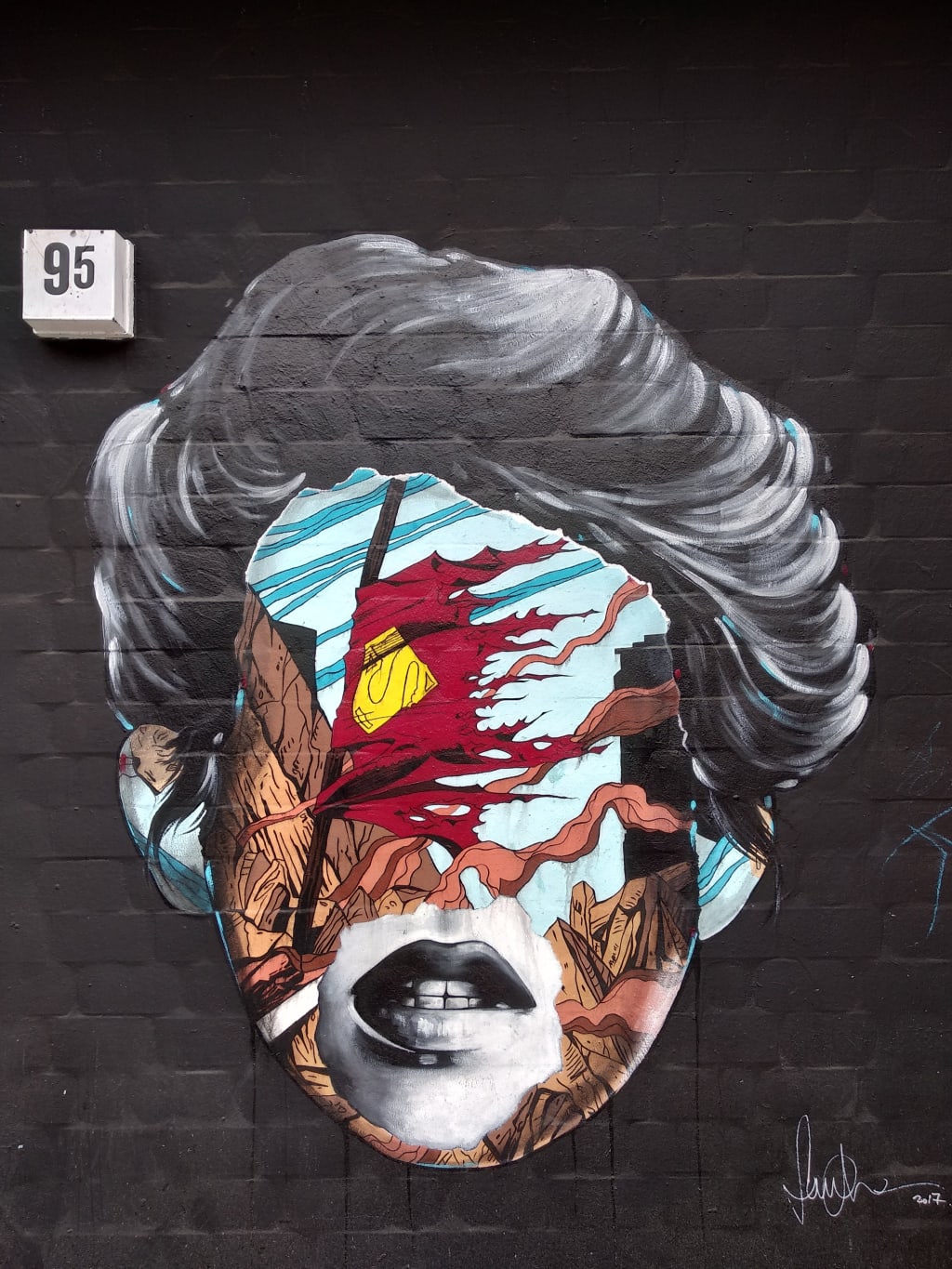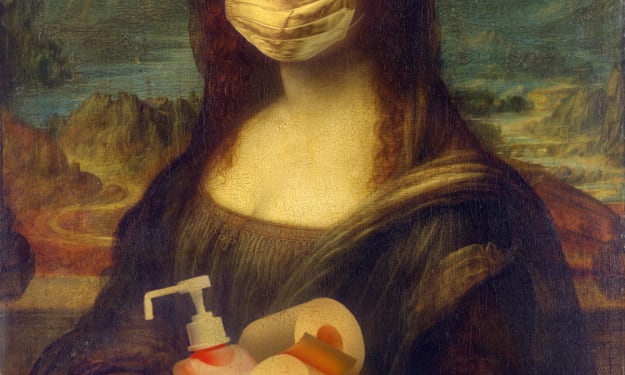Has NFT grown out from a criticism of the art world
A brief explanation of Non-Fungible Token

On Instagram, I often receive subscribers selling NFT, most of which I ignore and I scroll down to the next view.
I didn't think about what it was, I just noticed it and scrolled. But after a while, I began to wonder what it was.
I decided to find out more about this.
This is my understanding of the NFT and you who are unfamiliar, which you can read later.
You who already know what NFT is can stop reading now, this article is for those, like I have wondered what it is but haven't taken the time to google it. Therefore, it is probably too basic for those who are already dedicated to the topic.
NFT
The NFT began around 2015, but it got off the ground in 2020. However, it was only in 2021 that it truly took off, when Jack Dorsey sold the very first tweet for $3 million.
And that's where my brain starts boiling. Something that is not real, is worth something like art.
NFT stands for Non-Fungible Token, and that makes it clearer, right.
An NFT is a unique digital expression of a work of art. Non-Fungible, also means that it is unique and cannot be substituted for anything else.
NFT works the same way as crypto tokens, but unlike cryptocurrencies such as Bitcoin or Ethereum, they are not interchangeable and thus not fungible. Whereas all bitcoins have the same value, each NFT is a different underlying asset and therefore has a different value. The cryptographic transaction procedure provides a digital signature that is used to follow the NFT property, ensuring that each digital file is authenticated.
The possession of an NFT does not automatically confer copyright or intellectual property rights to the digital asset it represents. While someone may sell an NFT representing their work, when the ownership of the NFT is changed, the buyer does not always obtain copyright powers, allowing the original owner to manufacture new NFTs of the same work. In this regard, an NFT is essentially proof of separate ownership of a copyright. In most cases, consumers of NFTs do not obtain the copyright on the underlying work.
An NFT can be stamped (for example enrolled on a blockchain) from nearly anything: Twitter's Jack Dorsey sold the very first tweet he composed for $2.95 million a photograph of Queen Elizabeth or any digital work.
WHAT IS AN BLOCKCHAIN
Blockchain is a data logging process that makes it annoying or hard to change, hack, or cheat the framework.
A blockchain is a computerized record of exchanges that are copied and transmitted throughout the organization of PC frames on the blockchain. Each square of the chain contains different exchanges, and every time another exchange occurs on the blockchain, a record of that exchange is added to each member's file. The decentralized information base overseen by numerous members is known as Distributed Ledger Technology (DLT).
If hackers wanted to corrupt a blockchain system, they would need to change each block in the chain, across all distributed versions of the chain.
NFT AND ART
An NFT photo of Beeple (artist Mike Winkelmann) landed at Christie's, sold for $69 million, which, by the way, is $15 million more than the painting of Monet Nympheas sold for 2014.
An NFT photo of Beeple (artist Mike Winkelmann) landed at Christie's, sold for $69 million, which, by the way, is $15 million more than the painting of Monet Nympheas sold for 2014.
The NFT market experienced quick development during 2020, with its worth significantly increasing to $250 million. In the initial three months of 2021, a bigger number than $200 million was spent on NFTs.
In the early long periods of 2021, interest in NFTs expanded after various high-profile deals and workmanship barter.
I interpret that as a critique or a way to illuminate the sick art world. Value matters more than what the artist seeks to say or express. And the money doesn't always end up with whoever made the NFT in the first place.
So is it art?
I have no idea.
Yes in a way, art is what you call art, as long as you have an audience that likes it or has any sort of response.
But to me, it's more speculation and another cryptographic currency.
It is accused of being another speculative marketplace.
In March 2021 Mike Winkelmann called NFTs an "irrational exuberance bubble". By mid-April 2021, demand seemed to have decreased significantly, leading to a significant price decline. It may be used for money laundering as well.
Cryptocurrency and NFT are large consumers of energy. Elon Musk has stopped selling Tesla for Bitcoin, because of the high environmental impact.
The annual usage of the evaluated power of Bitcoin for 2021 is 128 terawatt-hours. That's more than the whole Argentine country uses in a year.
A few late NFT advances use optional approval agreements, such as evidence of interest, which have far less energy use for a given approval cycle.
ARE WE SURE THE NFT IS NOT A FLEETING TREND?
Opinions differ on the subject. Christie's contemporary and post-war art specialist, Noah Davis, says the outcome of Beeple's $69 million auctions "is an appropriate tribute to the important digital transformation that took place at Christie's. And just as our business has evolved, so has how art is being made. Today’s result is a clarion call to all digital artists. Your work has value. Keep making it.”
And, of course, digital artists are thrilled with this new way of marketing and selling their work. But not everyone believes that. Drew Olanoff, a writer for TechCrunch, is suspicious. “As someone who collects physical items like sports memorabilia, I get the allure of ownership and exclusivity, but the hype around NFTs has been fast and furious,” he said. “There is a lot of ‘get in now to get rich fast or be left behind' fandom. The potential upside [is] for artists, but I don't see it for consumers yet.”
About the Creator
Lassepetter
https://printonprintusa.com/






Comments
There are no comments for this story
Be the first to respond and start the conversation.